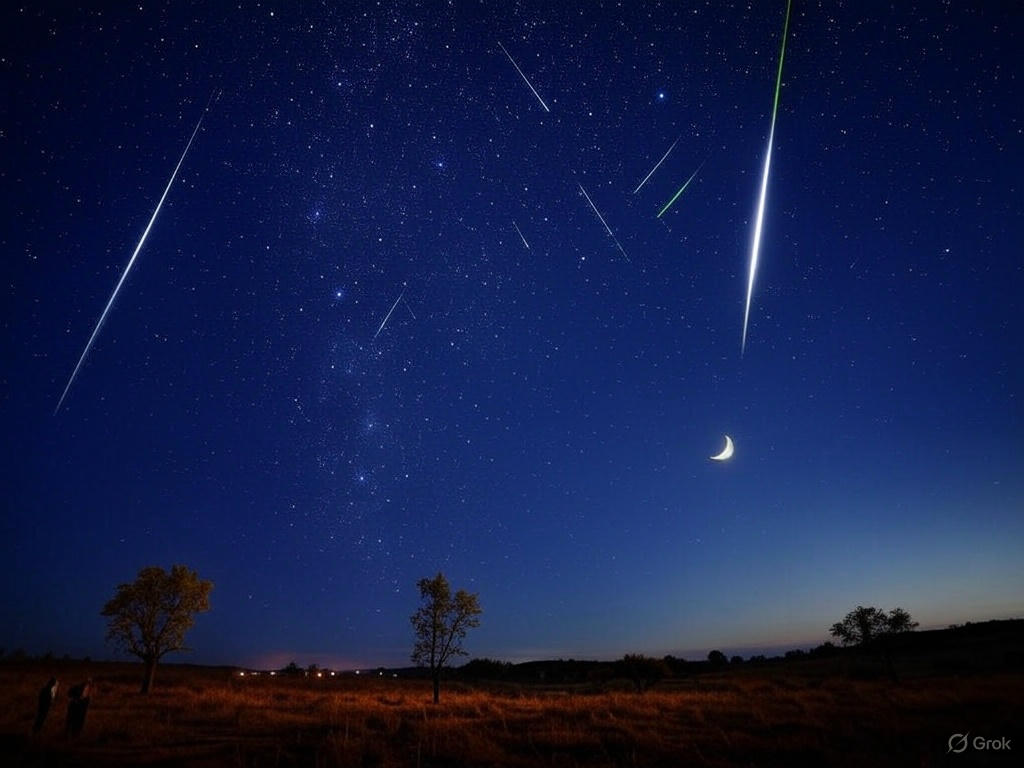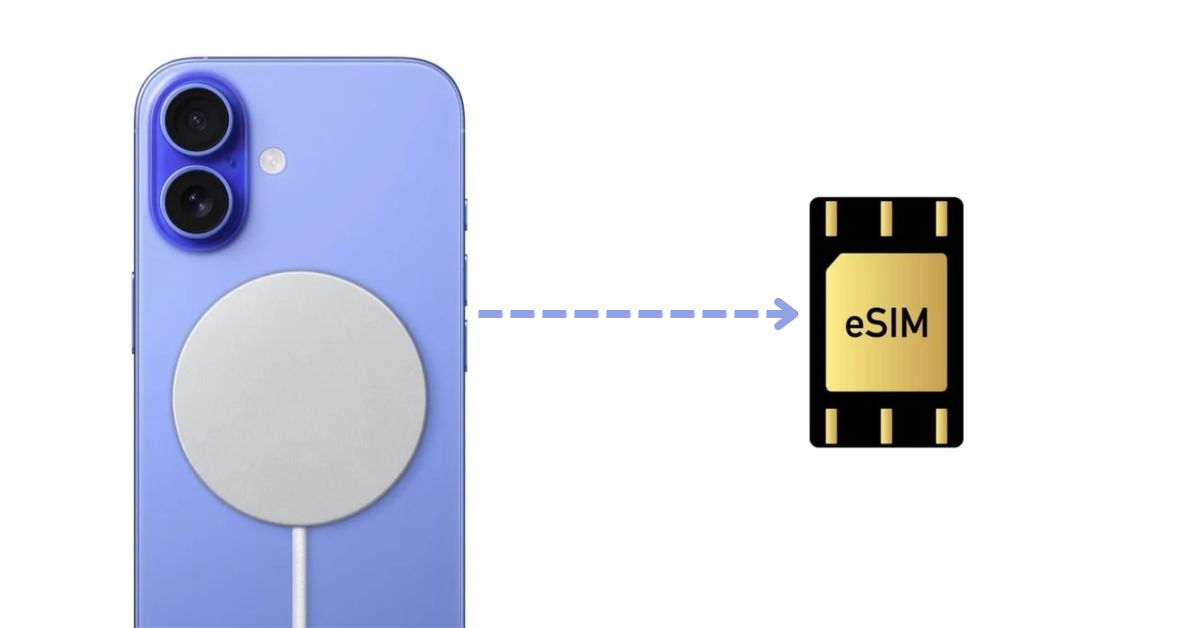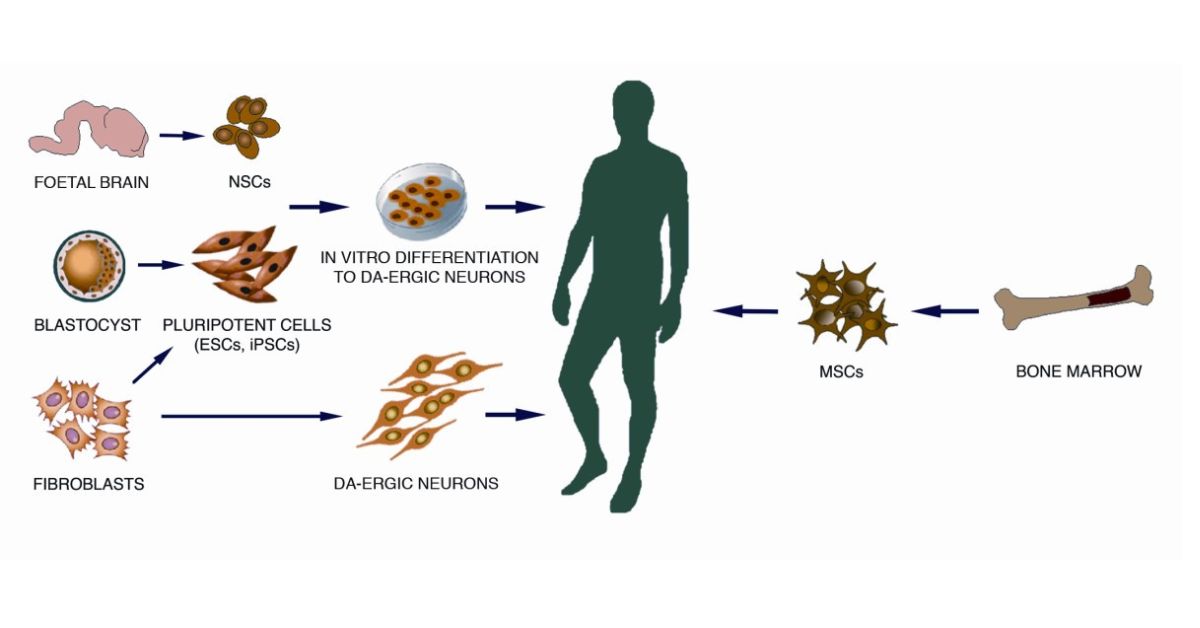Get ready for a breathtaking celestial show this May, as the Eta Aquarids meteor shower lights up the night sky. Stargazers and space enthusiasts, don’t miss your chance to witness one of the most spectacular meteor showers of the year, originating from the famous Comet Halley. Peak activity is expected on the nights of May 6–7, offering skywatchers the opportunity to see up to 30 dazzling meteors per hour.
From its rich history to ideal viewing tips, here’s everything you need to know to fully enjoy the Eta Aquarids meteor shower 2025.
What Is the Eta Aquarids Meteor Shower?
The Eta Aquarids meteor shower is an annual celestial event caused by debris left behind by Comet Halley, one of the most famous comets in human history. As Earth passes through the dusty debris trail of the comet, tiny particles burn up upon entering our atmosphere, producing brilliant streaks of light visible in the night sky.
The Eta Aquarids are particularly cherished by skywatchers for their fast-moving meteors—traveling at speeds of up to 66 km/s—often leaving long, glowing trails in their wake. Occasionally, you might even spot a bright fireball, a meteor that shines significantly brighter than most.
What makes the Eta Aquarids special this year? Experts predict above-average rates, meaning up to 30 meteors per hour can be spotted during peak viewing time. It’s a great chance to see one of Mother Nature’s most awe-inspiring spectacles.
Best Time and Place to Watch
Want the best view of the Eta Aquarids meteor shower? Timing and location are everything.
- Peak Viewing Dates
The Eta Aquarids will reach their peak on May 6 and 7, 2025. The best viewing window is between 2 AM and dawn, just before the first light of morning.
- Ideal Locations
Seek out a dark-sky location, far away from city lights. Rural areas, national parks, or designated dark-sky preserves offer the best visibility.
- Moon Interference
The waxing gibbous moon might reduce visibility, washing out fainter meteors. However, the bright meteors of the Eta Aquarids should still shine through. Bring patience and focus on the darker parts of the sky for the best results.
Viewing Tips
No special equipment or skills are needed to enjoy this meteor shower—just your willingness to stay up late! Follow these tips for a truly mesmerizing experience.
- Go Telescope-Free
The Eta Aquarids are best enjoyed with the naked eye, as telescopes or binoculars narrow your field of view.
- Adjust Your Eyes
Give your eyes 15–30 minutes to adjust to the darkness. This will enhance your ability to spot faint meteors.
- Get Comfortable
Pack blankets or reclining chairs, lie flat on your back, and look eastward toward the radiant point near the Aquarius constellation.
- Limit Screen Time
Avoid looking at your phone or any bright lights, as they can disrupt your night vision.
- Use Stargazing Apps
Apps like Stellarium or SkySafari can help you pinpoint the radiant point of the Eta Aquarids to enhance your viewing experience.
Where Is It Visible?
Good news—the Eta Aquarids are visible worldwide!
- Northern Hemisphere watchers can expect to see up to 30 meteors per hour during the peak.
- Southern Hemisphere viewers are in for an even better show, with meteors appearing at slightly higher rates.
If you live in urban areas, try heading out to nearby rural spots like national parks or dark sky reserves, such as Big Bend National Park (USA) or Warrumbungle National Dark Sky Park (Australia).
What Makes the Eta Aquarids Unique?
Several features make this meteor shower a must-watch event for astronomy enthusiasts.
- Speed Matters
The Eta Aquarids’ fast-moving meteors, streaking across the sky at 66 km/s, create long, glowing trails that skywatchers love.
- Comet Halley’s Legacy
Every meteor you see during the Eta Aquarids is a fragment of Comet Halley, which also produces the Orionids meteor shower in October. This is a cosmic connection across centuries!
- Fireball for the Win
If you’re lucky, you might catch a fireball—a brilliant meteor that briefly lights up the sky with intense brightness.
Check the Weather
Before heading out to watch, check the local weather forecast for clear skies. Cloud cover can spoil visibility, so plan your viewing spot accordingly. Websites like Weather.com or local stargazing groups often provide specific sky visibility forecasts during major astronomical events.
Other Meteor Showers to Mark on Your Calendar
If the Eta Aquarids leave you wanting more, don’t worry—2025 is packed with other meteor showers worth watching! Make a note of these upcoming events:
- Perseids (August 12–13): One of the most popular meteor showers with up to 100 meteors per hour.
- Orionids (October 21–22): Another spectacular display of Comet Halley remnants.
- Geminids (December 13–14): Known for their multi-colored meteors.
Every month brings a new opportunity to admire the wonders of the night sky, so keep your calendar handy!
Don’t Miss the 2025 Eta Aquarids
The Eta Aquarids meteor shower is a reminder of the beauty and interconnectedness of our universe. With its dazzling meteors, fascinating history tied to Comet Halley, and worldwide visibility, it’s an event you won’t want to miss.
Whether you’re a seasoned stargazer or a first-time skywatcher, these tips can help you make the most of this celestial spectacle. Grab your blankets, head to a dark spot in nature, and prepare to be amazed.
Make sure to share your meteor photos and experiences with us using the hashtag #EtaAquarids2025 or tag us on social media. Happy stargazing!

Dominic O. McCoy is a passionate writer who loves crafting engaging and informative blogs on a wide range of topics. With a deep curiosity and a knack for storytelling, he explores everything from lifestyle and technology to business and home improvement. Whether breaking down complex ideas or sharing practical tips, McCoy aims to deliver valuable content that resonates with readers. When he’s not writing, he enjoys learning about new trends and expanding his knowledge to bring fresh perspectives to his work.




























































































